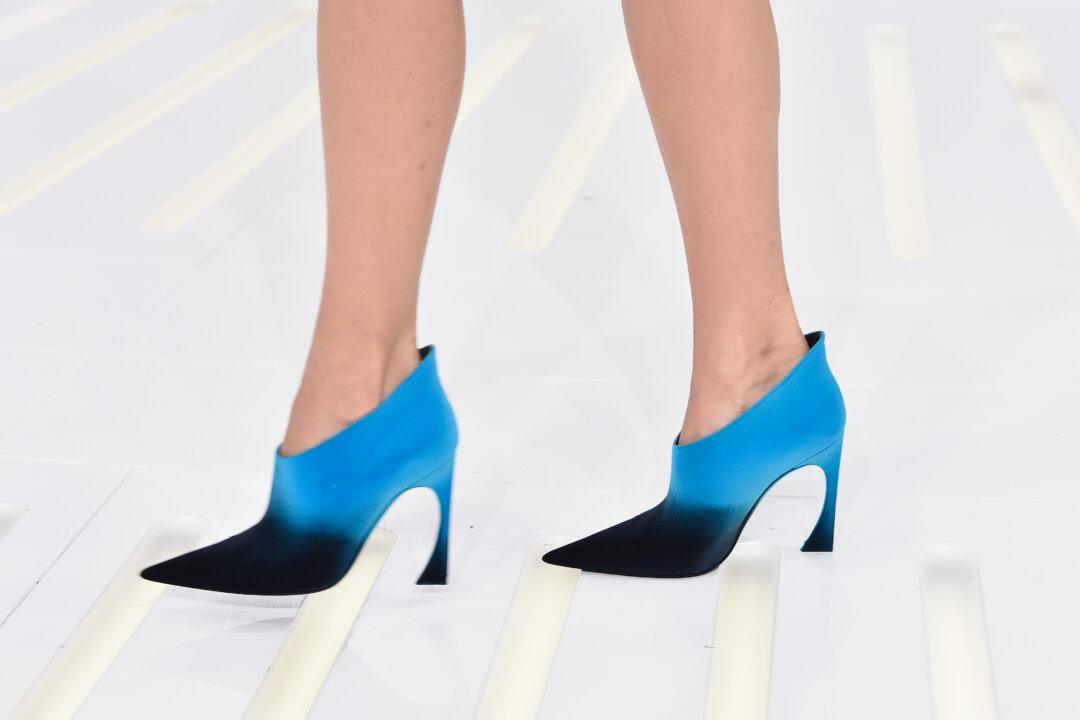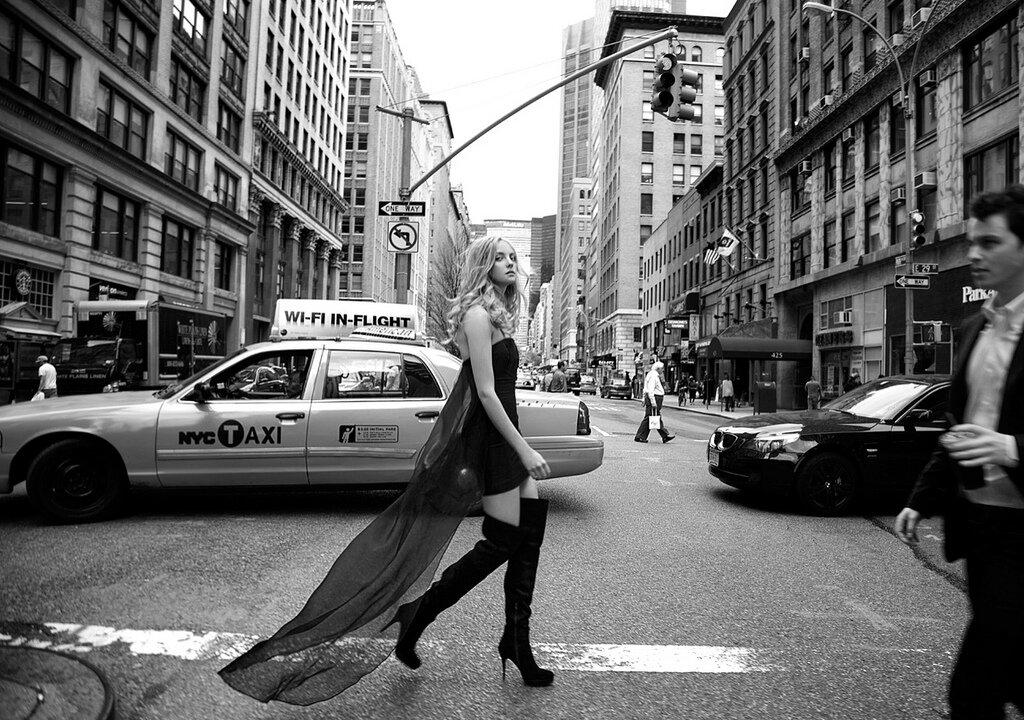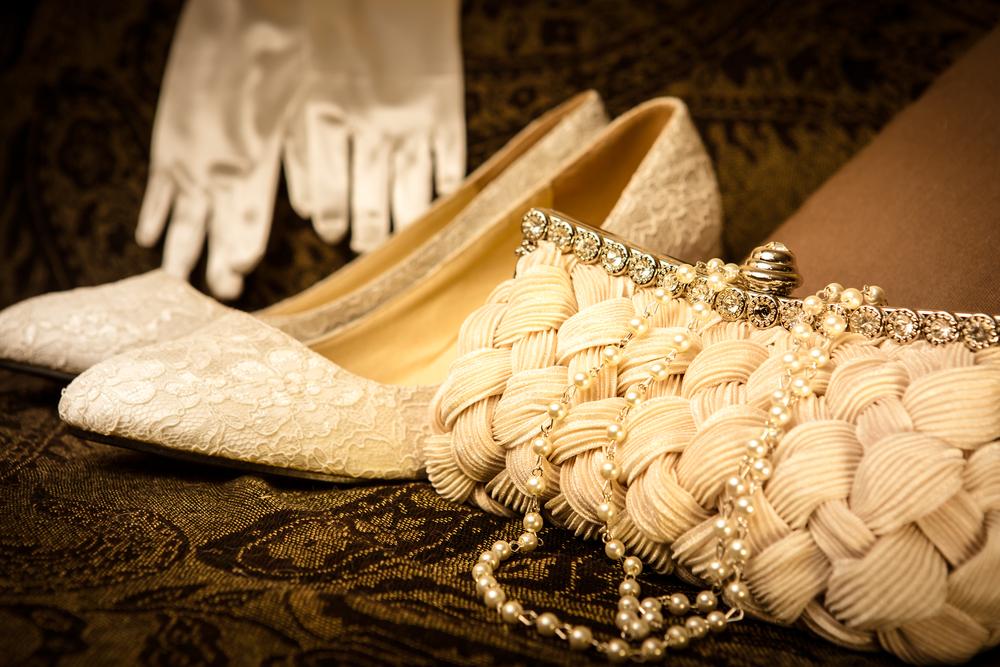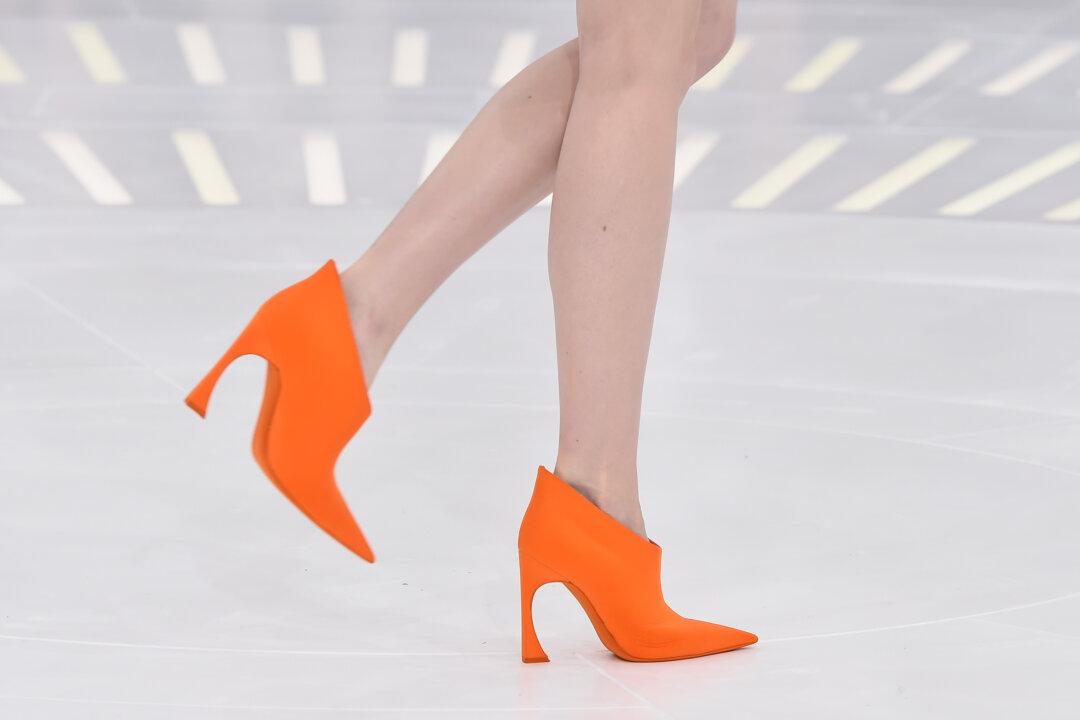Shoes long ago eclipsed their primary function – to protect feet. For thousands of years shoes have elicited extremes of both pain and pleasure. It is this long and varied history of shoes that the V&A’s forthcoming exhibition showcases, spanning more than 2,000 years. The oldest pair on show date back to Ancient Egypt, while more contemporary designs show that advancements in technology and 3D printing have pushed the bounds of what is technically possible to achieve with footwear.
As an object the shoe has transformed from its functional origins to become wearable art. Some of the more extreme shoes featured in this exhibition even demand questions as to their feasibility to be worn. More contemporary exhibits include Zaha Hadid’s Nova shoes, constructed with a 16.5cm heel.




